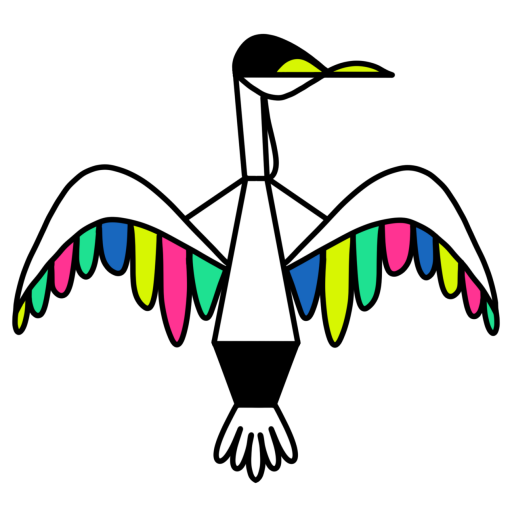Canal It Up places signs for road users who unknowingly drive on top of the Senne river
Unknown is unloved, that also applies to a river. The Senne has been flowing underground through Brussels for 150 years and since its covering it has effectively disappeared from the street scene, with nothing indicating its presence. That is why Canal It Up today installed traffic signs along the entire underground course of the river in Brussels to make its presence clear.
From Brussels South station via the small ring road and Sainctelette to Jules De Trooz, tens of thousands of cars drive over and on the underground river every day. The vast majority of these drivers are not aware of this at all. When you drive over a canal or river on the highway, you always see a sign with the name of that watercourse. This seems to have been forgotten in Brussels.

The river was put underground 150 years ago as it was used as an open sewer but also to prevent flooding. And to this day, the river is not clearly visible in the street scene. We have now changed that. Tens of thousands of road users every day can read the name of the river on our signs and see that it flows underground in two tunnels at that location.
We do this to draw attention to the river. Many do not know about the existence of the river and those who do know do not know where it flows. It’s hard to care about something that is unknown to you. And the river certainly needs our attention. Even today, when it rains, significant amounts of sewage are discharged into the Senne. We have just analyzed the number of sewer overflows in 2023. In 2023, there were 66 days with sewer overflows to the Senne at Sainctelette (and 32 overflow days to the canal). This is already a serious decrease compared to the 80 and 100 overflow days the two years before, the Sainctelette overflow was optimized in 2022, but still far too much. An overflow should only be used a few times a year during the heaviest rain showers.
Today, Brussels has not yet set itself an objective for phasing out sewer overflows or reducing them to a much lower number. This is in contrast to cities such as Paris, London and Copenhagen. Is this due to the lack of incentive for the invisible river? We hope that when more people know about the existence of the river, Brussels residents and commuters, we will more quickly achieve a healthy river full of biodiversity and without sewer overflows. A step in the right direction could perhaps be for Brussels to convert our signs into truly official traffic signs to give the Senne visibility?
(for more information about the Brussels sewer overflows click here)
See below where we put up our panels.


